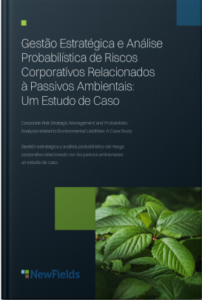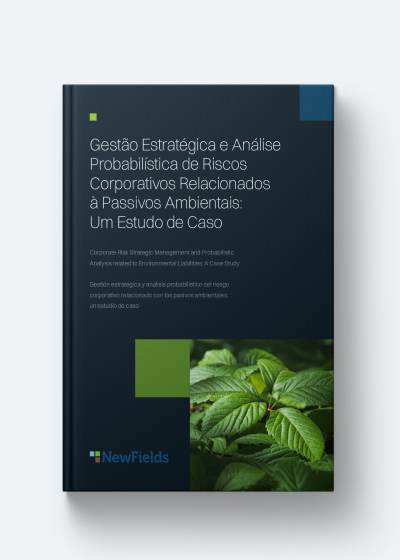The Fundão Dam breach on 5 November 2015 (the “Event”) released tailings, water, soil and/or sediments, and other debris to downstream watercourses. This breach included both direct and indirect impacts from scouring of soils and sediments along and within the affected courses. Multivariate statistical techniques were used to determine the potential of fingerprinting the impact of the breach compared to pre-Event water quality conditions and unaffected watercourses. The selection of key parameters is an important first step for multivariate analyses. Analysis of too many parameters can mask important trends and relationships, while analysis of too few may miss significant water quality indicators. A two-phased selection process was used to identify key parameters that indicated impact from the Event: (a) unbiased, principal component analysis to extract chemically dominant profiles among all measured parameters and (b) comparison of metals’ concentrations between unaffected soils and/or sediments and tailings samples. Radar charts of key parameters along with statistical comparisons to pre-Event and not-affected waterways were then aggregated over space and time to assess impact and potential recovery to pre-Event conditions. Nine parameters were identified that characterize tailings-related (direct) and background soil and/or sediment-related (indirect) impacts. Spatially and temporally aggregated radar charts and nonparametric Mann–Whitney U tests were used to assess the statistical significance of these impacts during each wet season since the breach. Indirect parameters, like aluminum and lead, returned to pre-Event levels in the first wet season after the Event. By the 2018/2019 wet season, most of the direct and indirect parameters had returned to pre-Event levels. Integr Environ Assess Manag 2023;00:1–15. © 2023 NewFields Companies, LLC. Integrated Environmental Assessment and Management published by Wiley Periodicals LLC on behalf of Society of Environmental Toxicology & Chemistry (SETAC).
Case: resolução de litígio ambiental envolvendo porto e comunidade
Conflitos ambientais no Brasil são sempre um grande desafio para empresas que se vêem em embates...



